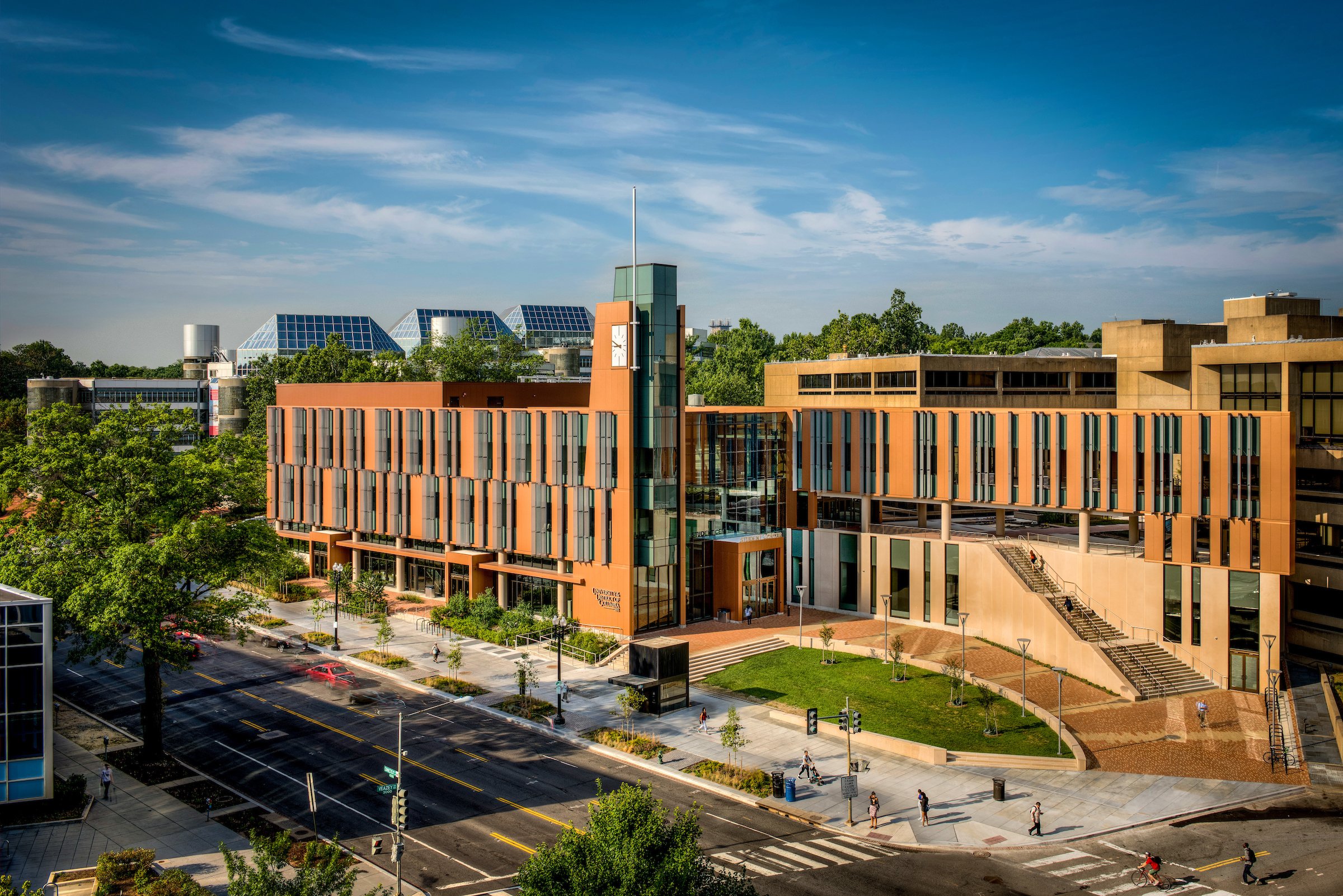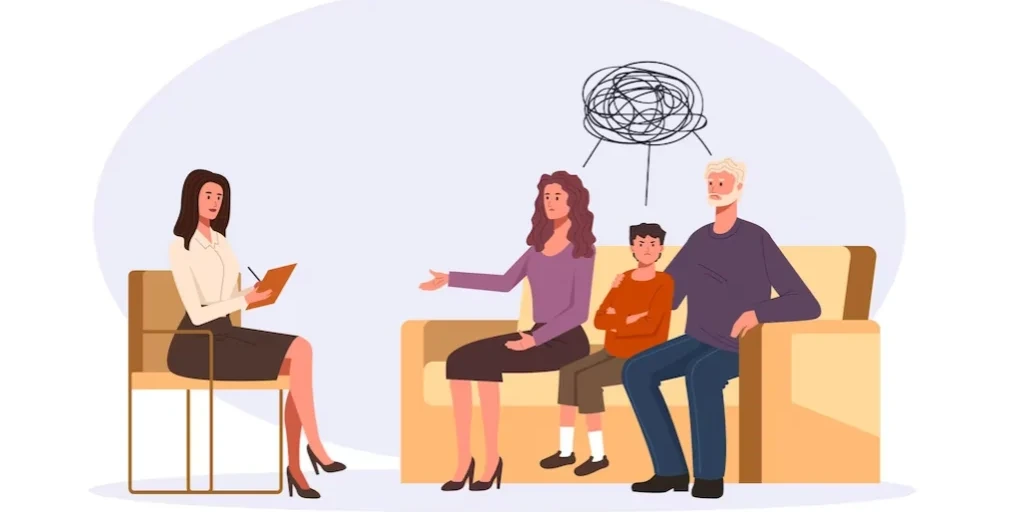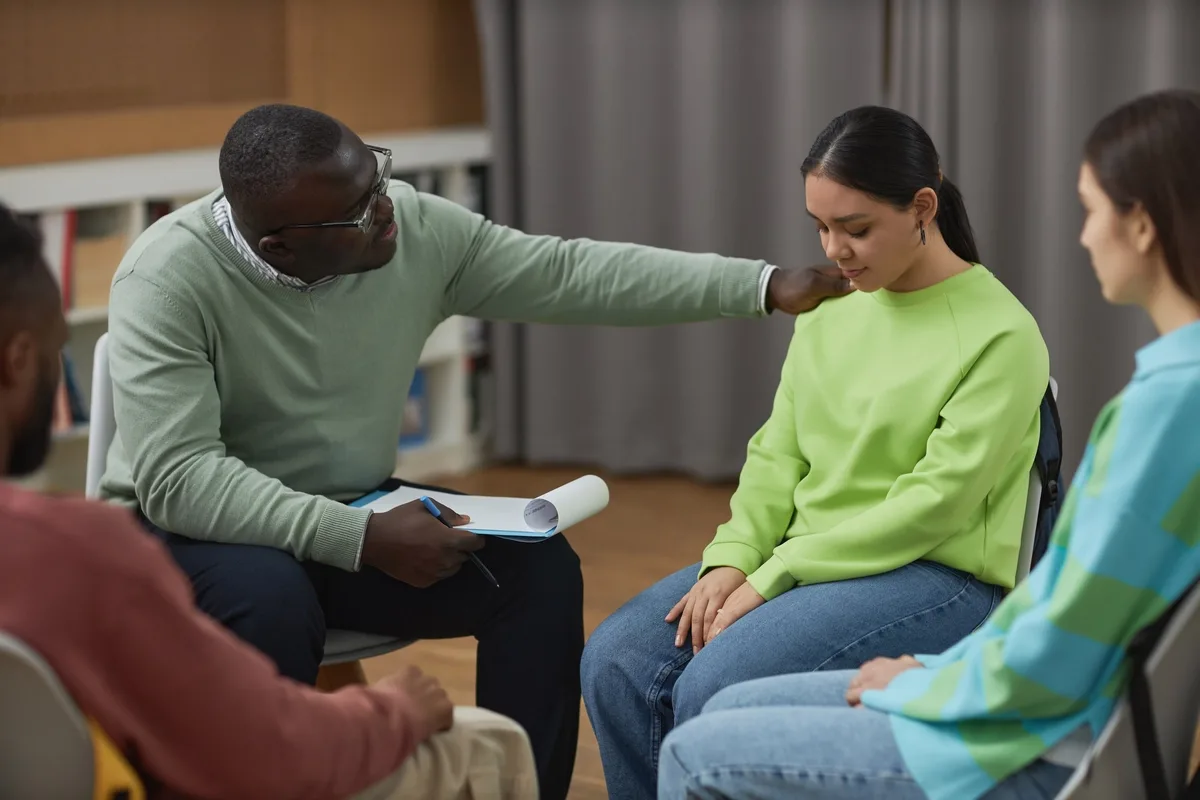encompasses a variety of essential services aimed at addressing the critical needs of individuals struggling with addiction. The rehab centers in this area specialize in treating various forms of addiction, including substance abuse related to alcohol, opioids, stimulants, and other drugs. The treatment approach typically combines medical oversight, psychological counseling, and group therapy, along with holistic techniques that support the mind, body, and spirit. The significance of these rehab centers cannot be overstated; they serve as a sanctuary for recovery, offering structured environments where individuals can focus on healing and rediscovering their path towards sobriety. Historically, rehab centers in the District of Columbia have evolved over the decades, adapting to the changing landscape of addiction issues in America. Initially emerging in the early to mid-20th century, these centers have seen significant advancements in treatment methodologies, including the incorporation of evidence-based practices. Their impact on the U.S. landscape includes facilitating countless recoveries, providing community support, and helping to reduce the stigma surrounding addiction treatment. As we delve deeper into the offerings and impacts of Residential Rehab rehab centers in District of Columbia, it becomes evident that they play a vital role in the broader public health framework.
Learn more about Residential Rehab centers in District of Columbia County































































